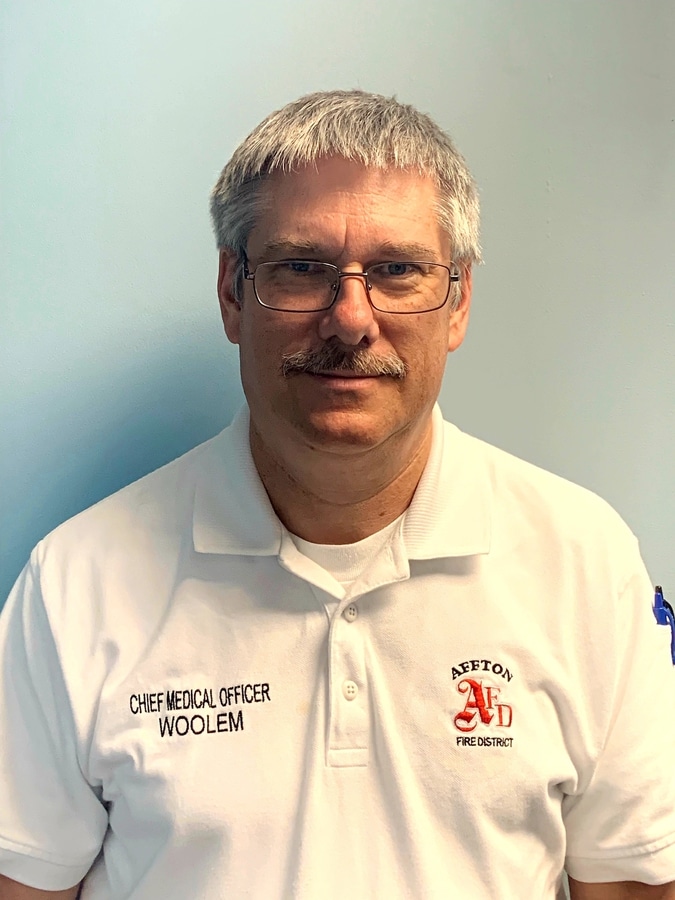
#Industry News
EMS Fire Chief and Chief Medical officer interview
Case study - HFL Success
IndeeLift Case Study Article: Affton Fire Protection District
Each year, millions of older people—those 65 and older—fall, according to the Center for Disease Control and Prevention. Getting up too quickly or in the wrong way could make an injury worse and the actions taken directly after a fall is critical to the safety and health of everyone involved. Luckily, there are life-saving systems like IndeeLift’s human floor lifts.
A human floor lift addresses the growing need to help people up from the floor to avoid further injury. A portable lift can also help ease the physical and emotional stress of the fallen and those who care for them, such as family members, healthcare workers, and more.
IndeeLift’s line of human floor lifts were made with consideration of the design and common scenarios in various environments. No matter what environment or line of work you are in, there is a floor lift that can help, from residential and commercial use to professional healthcare workers and emergency medical services personnel.
In this case, see how our human floor lifts are used during emergency medical services that fire departments provide. The Affton Fire Protection District in St. Louis, Missouri, has an IndeeLift floor lift. They spoke with us about their experience.
IndeeLift in Action at the Affton Fire Protection District
We spoke with Nick Fahs, Chief of Fire and EMS Services at Affton Fire Protection District about the role the IndeeLift human floor lift plays in their day-to-day operations.
Their mission as a fire district is to “strive to effectively, efficiently, and professionally utilize all necessary resources to provide the quality of service our citizens have become accustomed to with compassion, focus, and dedication.”
Fahs saw an opportunity to support this mission by adopting an IndeeLift human floor lift device with hopes of improving staff response to falls and enhancing overall safety and efficiency for everyone involved in these scenarios. This is our Q&A with Nick Fahs on May 1, 2020, telling us about his experience with their IndeeLift at the fire station:
What sparked the need for a floor lift? What challenges did you have at the fire station before you got the lift?
Our fire district has mechanical lifting devices to help our employees once we were able to get the patients onto the stretcher, but there was no way for us to get mechanical assistance to move the patient from their initial position on the floor. This was when most of our injuries occurred, lifting the initial 1-24 inches to place a patient on the stretcher.
How did you hear about IndeeLift?
While thumbing through a Fire Service publication, our Medical Officer Don Woolem found an advertisement for it and began his research then we began the process of purchasing one.
How did you get funding for it?
Our Workman’s Compensation Carrier, Missouri Employers Mutual, has a safety grant program that will split the cost of approved devices that can help eliminate on-the-job injuries. This device certainly fits that mold—so much so that we placed each of them in our two ambulances.
What impact has the floor lift had on your day-to-day operations? How often do you use it?
Now that the device is at the forefront of our employee’s minds, they tend to utilize it more and more and our strains and sprains calls are noticeably down. This is not just about money, but more importantly, for the well-being of our employees. It is used 2-3 times a week on average.
What is your overall opinion of the chair lift? Any pros and cons?
We are very pleased with the device and cannot think of one “con” of the IndeeLift.
A human lift machine proves to be a valuable tool to improve the safety and efficiency for everyone—whether you need it for your business or home.





